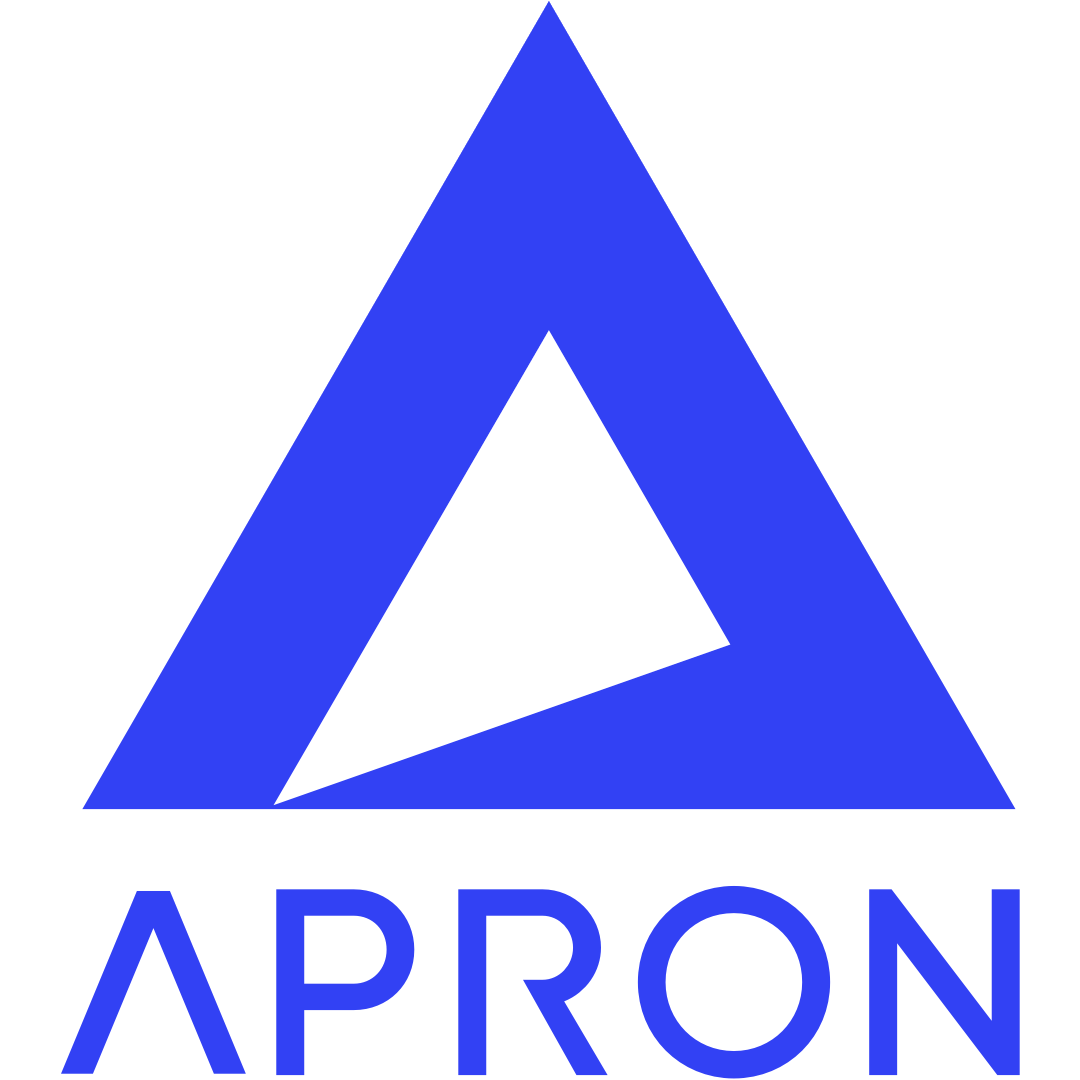978 reads
Middleware Is Where The Next Tens of Billions Market Is In The Polkadot Ecosystem
by
March 1st, 2021
Audio Presented by

A decentralized infrastructure service for #DApp& #Defi developers and infrastructure operators.
About Author
A decentralized infrastructure service for #DApp& #Defi developers and infrastructure operators.